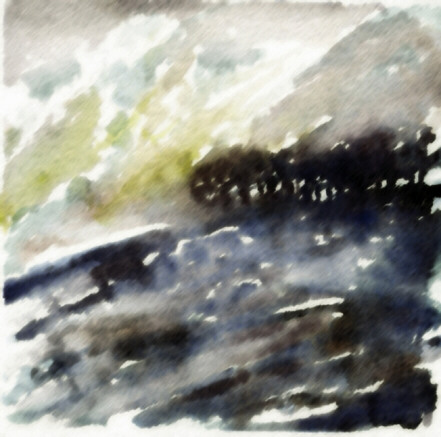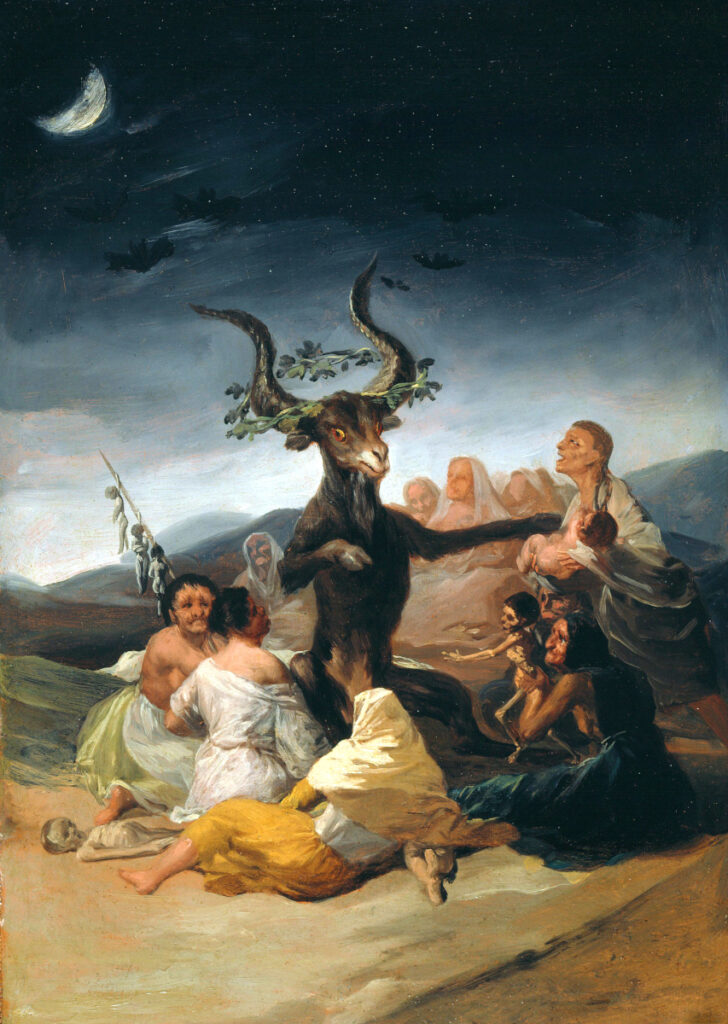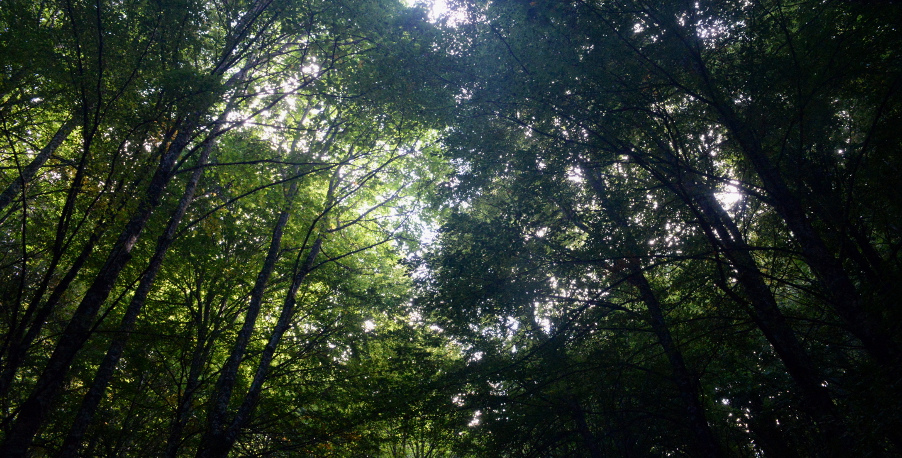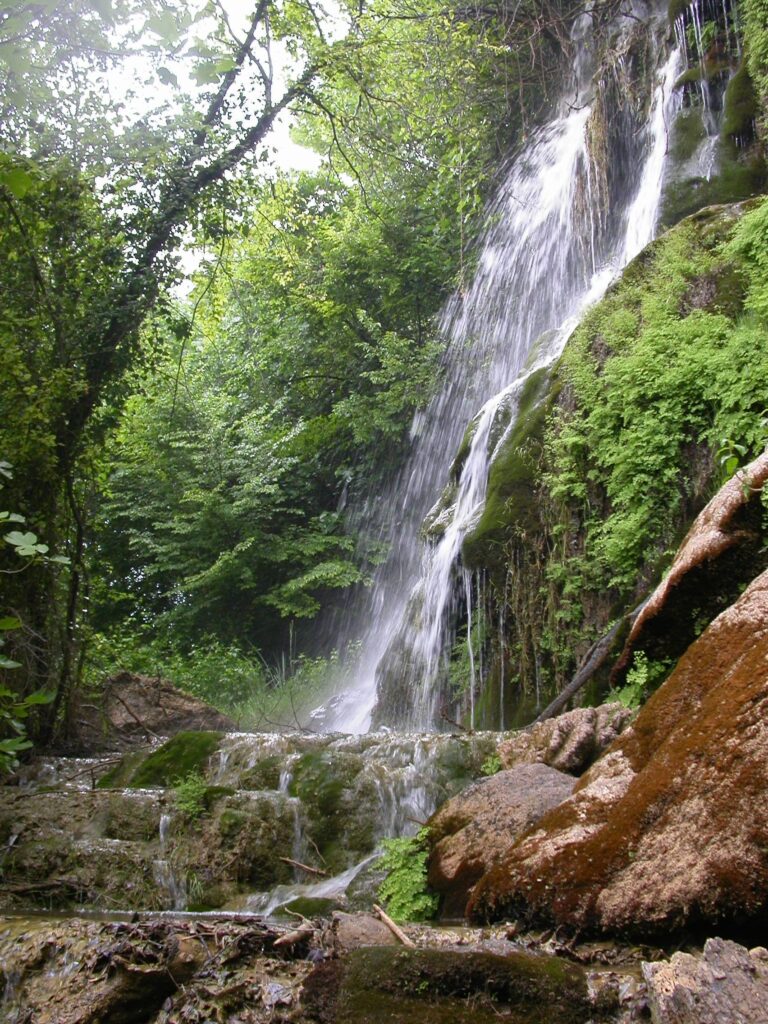
The wood, a space that is from time to time scary, ambiguous and fascinating with which we have always measured ourselves. Strange and horrendous animals live in the woods, treasures and secrets are kept there; fairies show themselves in various forms and witches choose it for their sabbaths. The forest and the plants have given rise to myths and legends whose traces often remain in the etymology of their names.
Man, since prehistoric times, has related to the forest and plants on the level of fantasy, creating an unreal world where they can live experiences that are impossible elsewhere and where ancestral fears resurface from the unconscious; this is the place where new and more balanced lifestyles can be found: safe means of spiritual initiation not mediated by civilization.

Artemis and Dionysus represented, for the Hellenic world, two different ideal identifications with the forest, mother and matrix of innumerable forms (species) and antagonist of civilization. Artemis the huntress roamed the woods with her retinue of Nymphs, the vengeful Dionysus with the Maenads. Even for the Christian people a forest is a place of demons, but also a place of penance and contemplation. Hermits took refuge there to draw new strength. The earthly Paradise itself is depicted as a large and benign forest.
The forest, therefore, in our imagination, becomes a reflection of our moods. The same places can give us security or fear; each of us experiences the forest in a different way. A wren’s sudden trill can make us jump or smile; a spider’s web highlighted by a blade of light at sunset can make us shiver or enchant us: suggestions as different as our soul or our sensitivity.

Satyrs, Fauns, Sileni, Centaurs, Dwarfs, Fairies, and Witches are fantastic materializations of our way of living in an ecosystem that, enveloping us, can subjugate us in so many different ways.
The arts have been fascinated by environments in different ways: the water environments have inspired most of the artists’ brushes, the woods the pens of poets and novelists. The wood is not just a bio-tope, but a topos of literature of all times. The metaphorical value that these environments have on everyday language and idioms is undeniable: “going into a thicket” (Italian: “cacciarsi in un ginepraio”), “cultural undergrowth” (Italian: “sottobosco culturale”), “going into hiding” (Italian: “darsi alla macchia”) are familiar expressions, with precise meanings that go beyond the literal one.

Your music is coming | from the soul of birds, | from the eyes of God. (Federico Garcia Lorca) Photo by Anna Lacci Alberi! |
The woods are the primary substance of that informal, unwritten culture generated by the stratification of the daily experiences of peasant and pastoral civilization, which have a common adjective: traditional. So we have traditional cooking, traditional customs, traditional uses of herbs, and so on. They all have a common denominator: the intimate and minute knowledge of the sylvan essences, of the territory in which we live. This type of knowledge allowed wide exploitation of these environments without their being degraded.
Going through the woods now that we are strangers to them means trying to decipher what this enveloping habitat transmits to us through the senses. Letting ourselves be fascinated by the shapes, colors and sounds, we will look for the links that bind the species, the contours that outline the landscapes. By following tracks we will not always be able to explain and understand all the rustling and movements around us: it will be enough to think that a mischievous Faun is making fun of us.

to the core broken by the rains of that time, | to the pavilion of pride that assumes the araucaria,
to myself, to my song sung by the birds. | Listen, it’s the repeated bubbling, the crystal
that shouts, fights, modifies, in pure heaven | it is a thread that the water, the flute and the platinum
keep in the air, from pure branch to branch, | it is the symmetrical game of the singing earth,
is the verse that falls like a drop of water. (Pablo Neruda)
Photo by Anna Laces
It is by returning in all seasons to enjoy the blooms, the fructifications, and the bare branches that we will feel the passage of time and we will realize the flow of our lives in a light and serene way.
Credits
Author: Anna Lacci is a scientific popularizer and expert in environmental education and sustainability and in territory teaching. She is the author of documentaries and naturalistic books, notebooks and interdisciplinary teaching aids, and multimedia information materials.
Translation by Maria Antonietta Sessa



